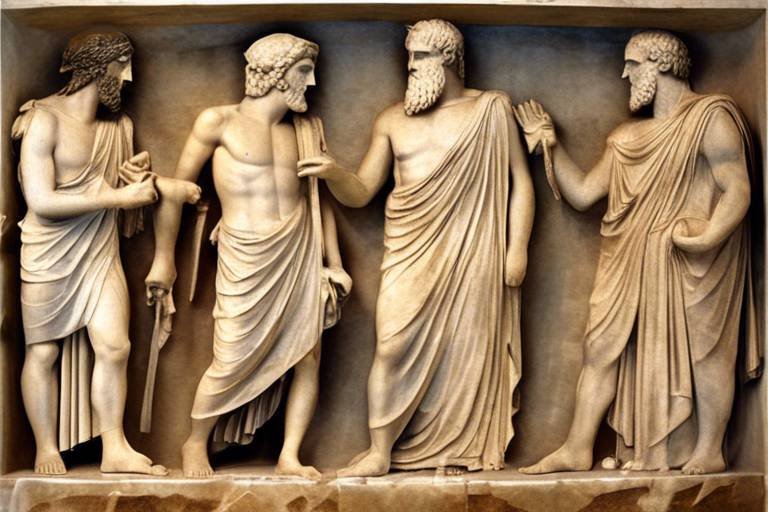The Secrets of Ancient Civilizations' Warfare Tactics
Warfare throughout history has been a dynamic and ever-evolving aspect of human civilization. Ancient civilizations, with their ingenuity and strategic prowess, developed unique tactics and strategies that shaped the course of history. These military approaches not only determined the outcomes of battles but also influenced the rise and fall of empires. Let's delve into the fascinating world of ancient warfare and uncover the secrets behind the tactics employed by legendary civilizations.
Ancient Egypt, known for its grandeur and mystique, was also a formidable military power in its time. Egyptian warfare tactics encompassed a blend of chariot warfare, archery skills, and meticulously organized formations. The use of chariots, driven by skilled charioteers and armed with archers, provided the Egyptian army with mobility and firepower on the battlefield. Their disciplined formations and strategic maneuvers made them a dominant force in the region, securing their place in history as master tacticians.
The Roman legions, renowned for their military might and organizational prowess, employed sophisticated tactics that propelled their conquest of vast territories. The manipular formation, a flexible arrangement of troops into maniples, allowed the Romans to adapt to various battlefield conditions with ease. Additionally, the utilization of siege engines, such as ballistae and catapults, showcased their engineering ingenuity and strategic foresight in overcoming fortified defenses.
The Greek phalanx, a hallmark of ancient Greek warfare, exemplified the disciplined coordination and strength of the Greek hoplites. This tightly packed formation of heavily armed soldiers presented a formidable wall of shields and spears, creating an impenetrable front line in battle. The phalanx's effectiveness in combat relied on unity, cohesion, and precise teamwork, demonstrating the Greeks' mastery of tactical coordination.
The Assyrians, known for their military innovations and ruthless conquests, implemented advanced technologies and tactics to expand their empire. Their expertise in siege warfare, utilizing battering rams and siege towers, enabled them to breach enemy defenses with precision. Moreover, the Assyrians' adoption of iron weaponry, superior to traditional bronze weapons, gave them a significant advantage on the battlefield, showcasing their military superiority.
The ancient Chinese, as depicted in Sun Tzu's timeless treatise The Art of War, emphasized strategic planning, deception, and psychological warfare in their military campaigns. Sun Tzu's teachings continue to influence modern warfare with principles such as knowing oneself and the enemy, adapting tactics to circumstances, and achieving victory without prolonged conflict. The Chinese art of war embodies a profound understanding of strategy and tactics that transcends time and borders.
Exploring the military tactics of ancient civilizations unveils a rich tapestry of strategies and approaches that have left a lasting impact on the annals of history. From guerrilla warfare tactics of the Incas to the raiding strategies of the Vikings, each civilization brought its unique flair to the art of war, shaping the narrative of warfare for generations to come. By studying these ancient warfare tactics, we gain insights into the ingenuity, adaptability, and sheer audacity of our predecessors in the pursuit of military supremacy.
As we unravel the mysteries of ancient civilizations' warfare tactics, we come to appreciate the intricate balance of strategy, innovation, and sheer willpower that defined their military endeavors. These ancient warriors, with their diverse tactics and unwavering determination, have left an indelible mark on the pages of history, reminding us of the enduring legacy of human conflict and the relentless pursuit of victory.

Egyptian Warfare Tactics
Exploring the fascinating strategies and tactics employed by ancient civilizations in warfare, shedding light on their innovative military approaches and the impact these tactics had on shaping the course of history.
When it comes to ancient warfare, the Egyptians were no strangers to strategic brilliance. Their military prowess was showcased through the utilization of advanced tactics that made them a dominant force in the region. One of the key elements of Egyptian warfare tactics was the use of chariots, which provided mobility and firepower on the battlefield. Additionally, their expertise in archery and the implementation of organized formations further solidified their position as formidable warriors.
The Egyptians' meticulous planning and disciplined approach to warfare allowed them to outmaneuver their opponents with precision. By studying the terrain and leveraging their knowledge of tactics, they were able to secure victories that echoed through the annals of history.
Moreover, the Egyptians' ability to adapt to different combat scenarios and innovate new strategies ensured their continued success on the battlefield. Their military legacy serves as a testament to the power of strategic thinking and tactical execution in shaping the outcomes of ancient conflicts.

Roman Legion Tactics
Roman Legion Tactics were renowned for their strategic prowess and disciplined formations, setting them apart as one of the most formidable military forces in ancient history. The Roman legions utilized a sophisticated system known as the manipular formation, which allowed for flexibility and adaptability on the battlefield. This formation consisted of smaller units called maniples, each with its own tactical role and organization, enabling the legions to respond effectively to various enemy tactics and terrain challenges.
Moreover, the Romans excelled in siege warfare, employing innovative tactics and advanced siege engines to conquer fortified cities and strongholds. Their engineering skills were instrumental in constructing siege weapons such as ballistae and catapults, enabling them to breach enemy defenses and secure victory in battles of attrition. The meticulous planning and execution of siege operations by the Roman legions showcased their strategic acumen and military superiority.
Additionally, the Roman legions emphasized discipline, training, and cohesion among their soldiers, instilling a sense of unity and loyalty that bolstered their effectiveness in combat. Each legionnaire was trained to follow orders swiftly and efficiently, ensuring seamless coordination and synchronization during engagements. This disciplined approach, combined with the tactical versatility of the manipular formation, gave the Roman legions a significant advantage over their adversaries.

Greek Phalanx Strategies
The Greek phalanx formation stands as a testament to the disciplined coordination and strength of the Greek hoplites on the battlefield. Picture a wall of shields and spears, moving as one cohesive unit, presenting an impenetrable front to the enemy. The phalanx was not just a formation; it was a symbol of unity and unwavering determination.
One of the key elements of the Greek phalanx was the use of the hoplite shield, known as the hoplon. This large, round shield provided protection not only to the individual warrior but also to the comrade standing next to him. The shields interlocked, creating a solid barrier that could withstand enemy attacks.
Within the phalanx, each hoplite played a crucial role. The success of the formation relied on every warrior maintaining their position and moving in unison with their fellow soldiers. This level of coordination required extensive training and discipline, emphasizing the importance of unity in the face of adversity.
Moreover, the phalanx was not just a defensive formation; it was also a formidable offensive strategy. The sheer mass and momentum of the advancing phalanx could break through enemy lines with sheer force, overwhelming opposition forces with its relentless push forward.
Imagine the sight of hundreds of hoplites marching in lockstep, their spears leveled towards the enemy, ready to engage in close combat. The phalanx was a force to be reckoned with, instilling fear in the hearts of those who dared to challenge the might of Greek warriors.
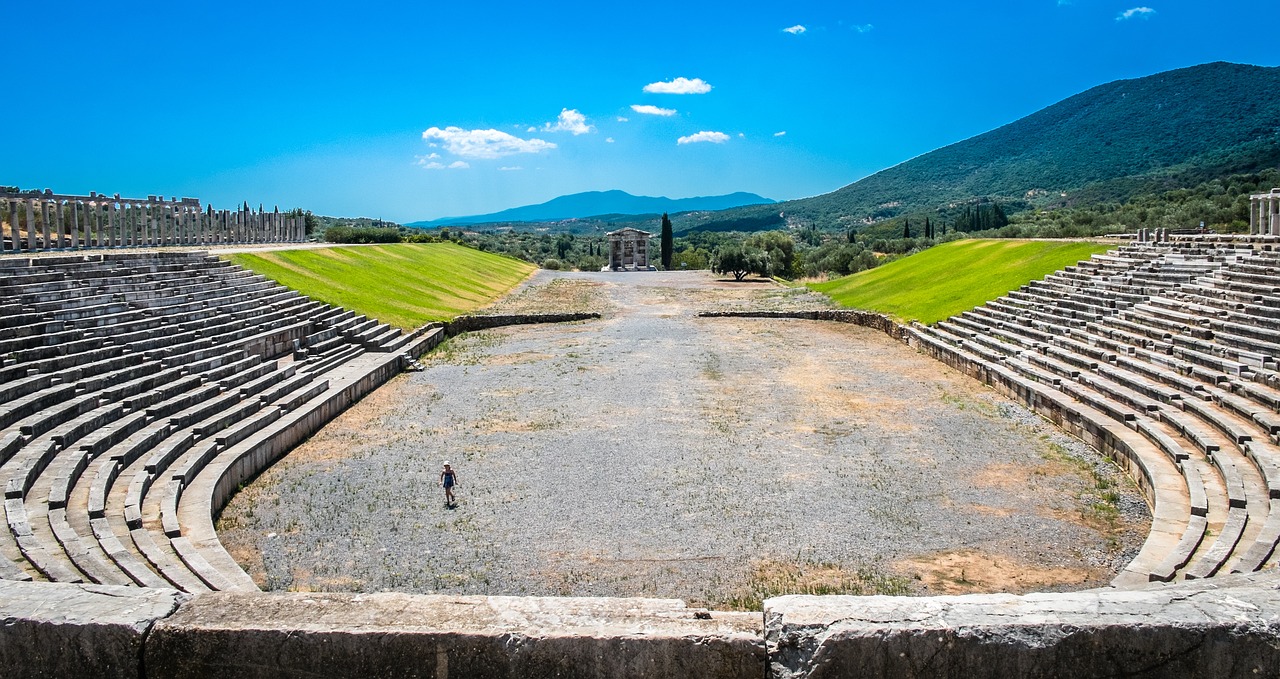
Assyrian Military Innovations
Exploring the fascinating strategies and tactics employed by ancient civilizations in warfare, shedding light on their innovative military approaches and the impact these tactics had on shaping the course of history.
When it comes to military innovations, the Assyrians were truly ahead of their time. Known for their formidable military prowess, the Assyrians implemented groundbreaking tactics and technologies that set them apart on the battlefield. One of their most notable innovations was in siege warfare. The Assyrians were masters of siege tactics, using advanced engineering techniques to breach enemy defenses and conquer fortified cities. Their use of battering rams, siege towers, and even early forms of chemical warfare gave them a significant advantage in besieging enemy strongholds.
Furthermore, the Assyrians were among the first to harness the power of iron weaponry. By forging strong and durable iron weapons, they were able to equip their soldiers with superior arms that outmatched the bronze weapons used by many of their adversaries. This technological advantage played a crucial role in their military successes and helped establish the Assyrians as a dominant force in the ancient world.
In addition to their advancements in siege warfare and weaponry, the Assyrians also excelled in organizational tactics. They implemented a highly structured military hierarchy, with well-defined ranks and units that allowed for efficient command and control on the battlefield. This disciplined approach to warfare enabled the Assyrians to coordinate large-scale military campaigns with precision and effectiveness.
Overall, the Assyrians' military innovations were instrumental in shaping the course of ancient warfare. Their mastery of siege tactics, iron weaponry, and organizational strategies set a new standard for military excellence and influenced future generations of warriors and tacticians.

Chinese Art of War
Delve into the ancient Chinese military treatise The Art of War by Sun Tzu, a timeless masterpiece that offers profound insights into the strategies and philosophies of warfare. This influential work, composed over two millennia ago, continues to be a cornerstone of military strategy and has left an indelible mark on the conduct of warfare.
Sun Tzu's The Art of War delves into the intricacies of military tactics, emphasizing the importance of strategic planning, deception, and understanding the enemy's weaknesses. It advocates for the utilization of intelligence and adaptability on the battlefield, stressing the significance of outmaneuvering opponents through superior knowledge and cunning tactics.
One of the key principles expounded in The Art of War is the concept of winning without engaging in direct conflict. Sun Tzu emphasizes the strategic advantage of subduing the enemy through psychological warfare, diplomacy, and the exploitation of vulnerabilities, thereby achieving victory with minimal bloodshed.
The treatise also underscores the significance of preparation and meticulous planning in warfare. Sun Tzu's teachings on the importance of knowing oneself and the enemy, as well as the terrain of the battlefield, highlight the critical role of information and intelligence in achieving success in military endeavors.
Moreover, The Art of War delves into the art of leadership and the qualities of a successful commander. Sun Tzu's emphasis on the virtues of wisdom, decisiveness, and adaptability resonates through the ages, offering timeless guidance on effective leadership in times of conflict.
By studying Sun Tzu's The Art of War, military strategists and leaders gain valuable insights into the complexities of warfare and the enduring principles of success on the battlefield. The treatise's enduring relevance and universal applicability make it a seminal work that continues to shape military thinking and strategy in the contemporary world.

The Art of War
Exploring the fascinating strategies and tactics employed by ancient civilizations in warfare, shedding light on their innovative military approaches and the impact these tactics had on shaping the course of history.
Discover the military strategies of ancient Egypt, including the use of chariots, archery, and organized formations that made them a dominant force in the region.
Uncover the sophisticated tactics of the Roman legions, such as the manipular formation and the use of siege engines, which allowed them to conquer vast territories.
Explore the legendary Greek phalanx formation and its effectiveness in battle, showcasing the disciplined coordination and strength of the Greek hoplites.
Learn about the innovative military technologies and tactics employed by the Assyrians, including siege warfare techniques and the use of iron weaponry.
Delve into the ancient Chinese military treatise The Art of War by Sun Tzu, revealing timeless strategies and philosophies that continue to influence modern warfare.
Examine the guerrilla warfare tactics utilized by the Incas, showcasing their ability to adapt to different terrains and surprise their enemies with strategic ambushes.
Unearth the raiding strategies of the Vikings, known for their swift longship attacks and fierce combat skills that terrorized coastal regions across Europe.
Investigate the defensive warfare tactics of the Mayans, including their use of fortified cities, jungle warfare techniques, and strategic alliances to protect their territories.
The Art of War is an ancient Chinese military treatise attributed to the military strategist Sun Tzu. This influential work delves into various strategies and tactics essential for achieving victory in warfare. It emphasizes the importance of careful planning, deception, and understanding the enemy's weaknesses to secure triumph on the battlefield. The principles outlined in The Art of War continue to be studied and applied in modern military contexts, diplomacy, and business strategies, making it a timeless guide to strategic thinking.
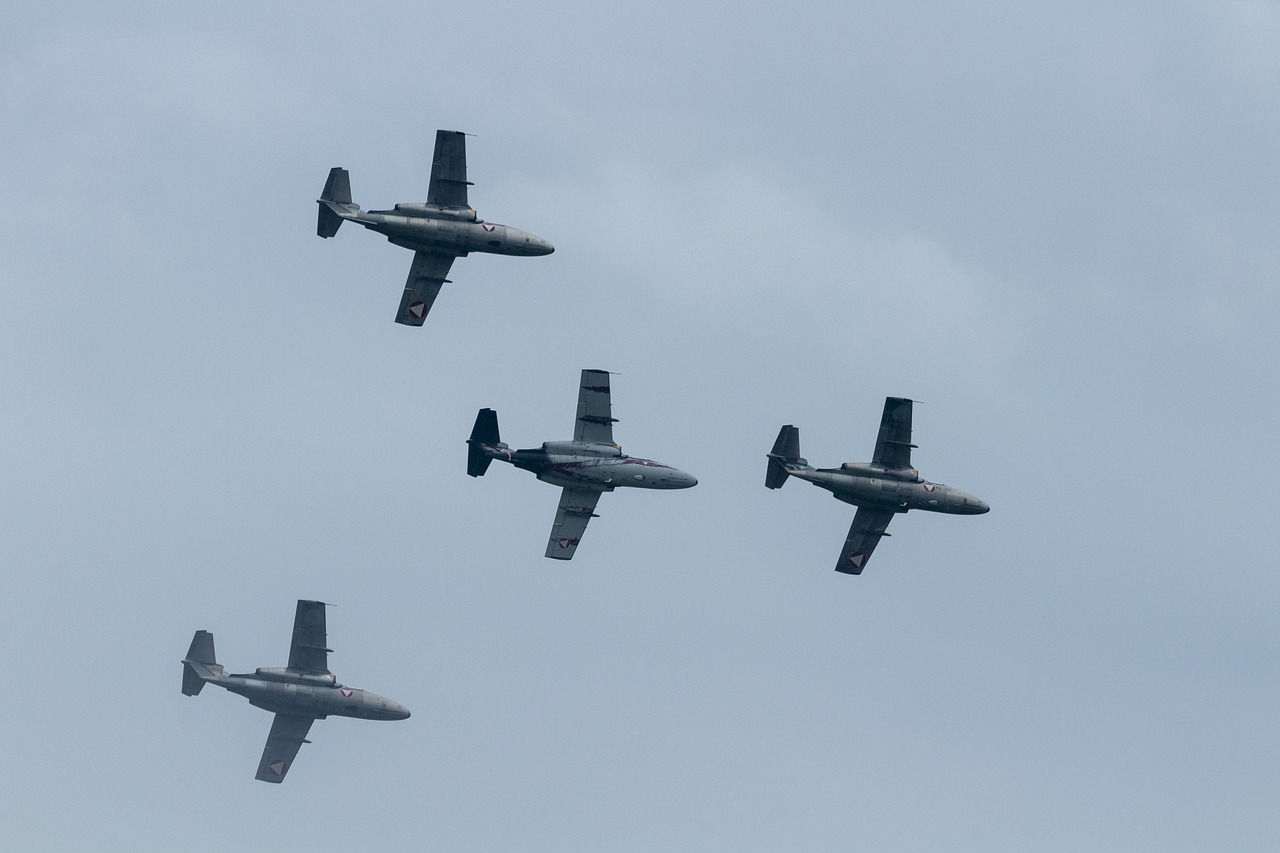
by Sun Tzu, revealing timeless strategies and philosophies that continue to influence modern warfare.
The ancient Chinese military treatise The Art of War by Sun Tzu is a timeless masterpiece that delves into strategic warfare philosophies still relevant in modern times. Sun Tzu's teachings emphasize the importance of understanding the enemy, adapting tactics to exploit weaknesses, and achieving victory through superior strategy rather than sheer force.
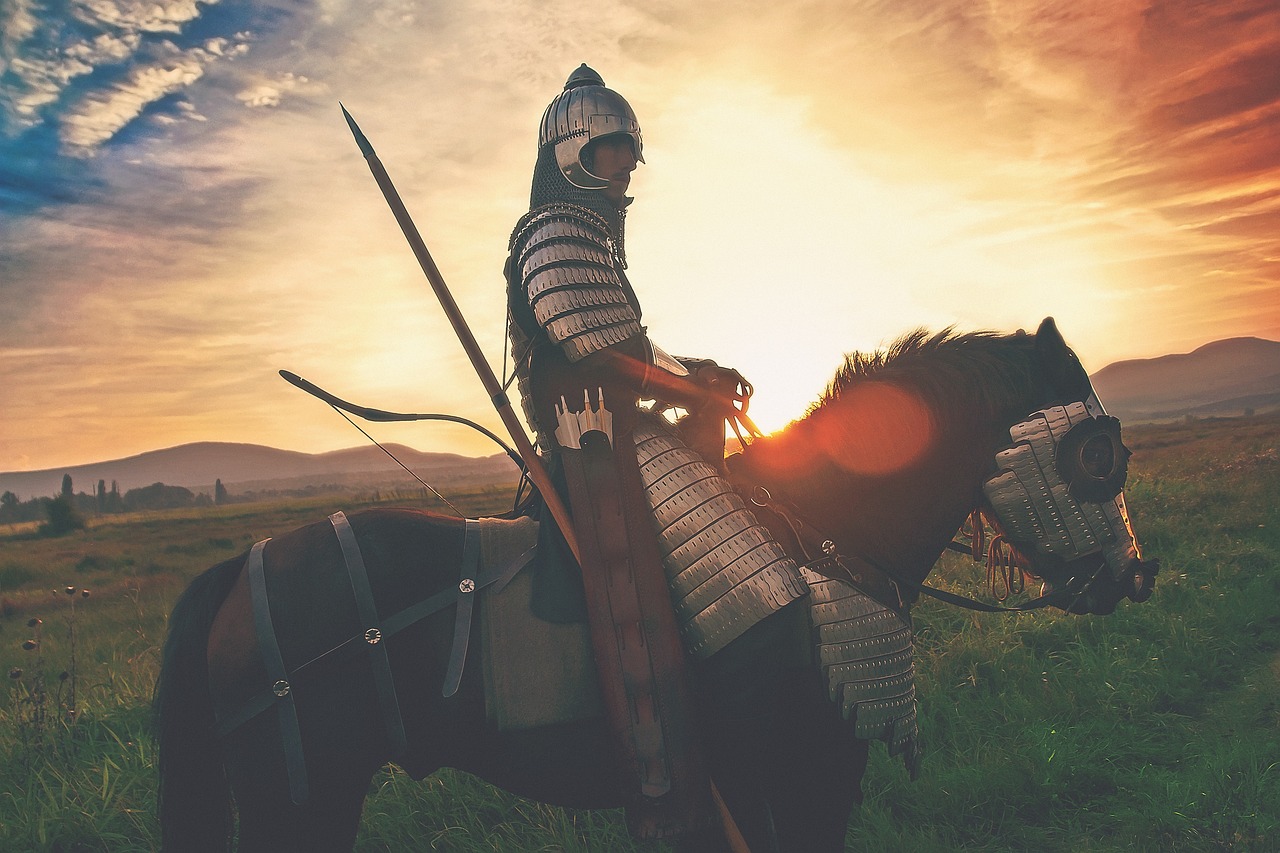
Incan Guerrilla Tactics
Exploring the fascinating strategies and tactics employed by ancient civilizations in warfare, shedding light on their innovative military approaches and the impact these tactics had on shaping the course of history.
Discover the military strategies of ancient Egypt, including the use of chariots, archery, and organized formations that made them a dominant force in the region.
Uncover the sophisticated tactics of the Roman legions, such as the manipular formation and the use of siege engines, which allowed them to conquer vast territories.
Explore the legendary Greek phalanx formation and its effectiveness in battle, showcasing the disciplined coordination and strength of the Greek hoplites.
Learn about the innovative military technologies and tactics employed by the Assyrians, including siege warfare techniques and the use of iron weaponry.
Delve into the ancient Chinese military treatise The Art of War by Sun Tzu, revealing timeless strategies and philosophies that continue to influence modern warfare.
Examine the guerrilla warfare tactics utilized by the Incas, showcasing their ability to adapt to different terrains and surprise their enemies with strategic ambushes.
Unearth the raiding strategies of the Vikings, known for their swift longship attacks and fierce combat skills that terrorized coastal regions across Europe.
Investigate the defensive warfare tactics of the Mayans, including their use of fortified cities, jungle warfare techniques, and strategic alliances to protect their territories.
Stay tuned for some frequently asked questions related to ancient warfare tactics and strategies.
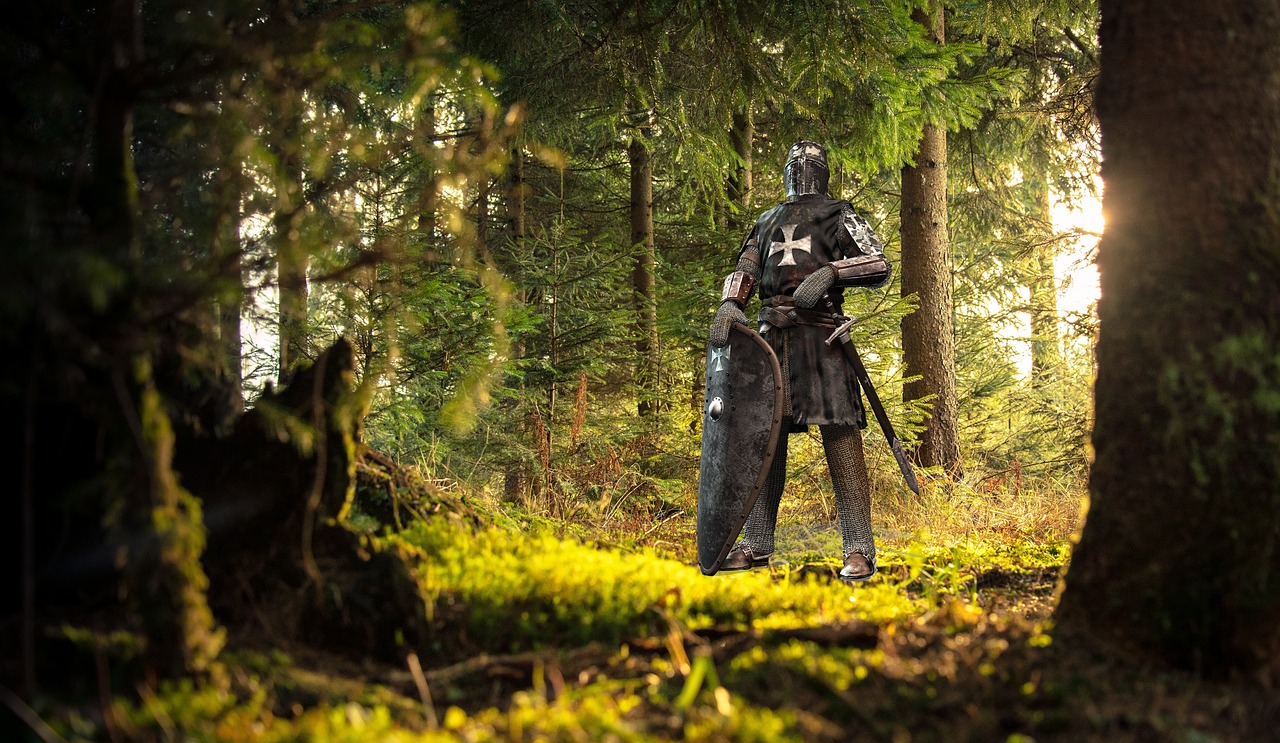
Viking Raiding Strategies
Exploring the fascinating strategies and tactics employed by ancient civilizations in warfare, shedding light on their innovative military approaches and the impact these tactics had on shaping the course of history.
The Viking raiding strategies were characterized by their swift longship attacks and fierce combat skills, which terrorized coastal regions across Europe. Vikings were known for their expertise in surprise attacks, utilizing their knowledge of the seas to strike quickly and retreat before larger forces could respond.
Furthermore, Viking raiders were adept at navigating rivers and coastal areas, allowing them to reach inland locations swiftly and catch their enemies off guard. Their ferocious reputation often preceded them, instilling fear in the hearts of those they targeted.
In addition to their prowess in battle, Vikings also employed strategic planning, scouting, and coordination to maximize the effectiveness of their raids. They targeted wealthy monasteries, trading posts, and unprotected villages, seeking valuable loot and resources to bring back to their homelands.
Despite their reputation for violence, the Vikings also utilized diplomacy and alliances when advantageous, forming temporary partnerships with other groups to achieve their objectives. This flexibility in their approach to raiding allowed them to adapt to different situations and exploit weaknesses in their opponents' defenses.
Overall, the Viking raiding strategies were a combination of speed, skill, and strategic thinking, making them a formidable force in medieval Europe and leaving a lasting impact on the regions they targeted.

Mayan Defensive Warfare
When delving into the realm of Mayan defensive warfare, one cannot help but be captivated by the ingenious tactics employed by this ancient civilization to protect their territories. The Mayans were masters of utilizing the natural landscape to their advantage, with dense jungles serving as both a shield and a weapon in their defensive strategies. They strategically positioned their fortified cities in locations that provided natural barriers, making it challenging for invaders to penetrate their defenses.
Moreover, the Mayans were adept at jungle warfare techniques, utilizing their intimate knowledge of the terrain to launch surprise attacks and ambushes on unsuspecting enemies. Their ability to navigate through the dense vegetation with ease gave them a significant advantage in guerrilla-style warfare, allowing them to strike swiftly and retreat before the enemy could mount a counterattack.
Another key aspect of Mayan defensive warfare was their skillful use of strategic alliances. The Mayans understood the importance of forming alliances with neighboring city-states to create a network of mutual defense. By forging strong diplomatic ties and military agreements, they were able to bolster their forces and deter potential invaders through a show of unity and strength.
Furthermore, the Mayans were known for their innovative architectural designs that enhanced their defensive capabilities. The construction of massive stone fortifications, intricate maze-like pathways, and hidden traps within their cities served as formidable obstacles for any would-be conquerors. These defensive structures not only provided physical protection but also instilled a sense of awe and fear in those who dared to challenge the Mayan civilization.
In conclusion, the Mayans were not only skilled in offensive warfare but also excelled in the art of defense. Their strategic use of natural defenses, jungle warfare tactics, diplomatic alliances, and innovative fortifications set them apart as formidable defenders of their territories, leaving a lasting legacy of resilience and military prowess in the annals of ancient history.
Frequently Asked Questions
- What were some common weapons used by ancient civilizations in warfare?
Ancient civilizations utilized a variety of weapons in warfare, including swords, spears, bows and arrows, shields, chariots, siege engines, and even early forms of gunpowder weapons.
- How did ancient Egyptian chariots contribute to their military success?
Egyptian chariots provided the army with speed and mobility on the battlefield, allowing them to outmaneuver enemy forces and deliver devastating chariot charges that broke enemy lines.
- What made the Roman manipular formation so effective in battle?
The Roman manipular formation, with its flexible organization of troops into maniples, enabled quick adaptation to different battlefield situations, providing both offensive and defensive capabilities.
- What strategic principles from Sun Tzu's "The Art of War" are still relevant today?
Sun Tzu's principles of deception, knowing the enemy and yourself, and the importance of preparation and planning remain crucial in modern warfare and strategic decision-making.
- How did the Vikings' longship raids impact coastal regions in Europe?
The Vikings' swift longship raids struck fear into coastal communities, enabling them to quickly launch surprise attacks, loot valuable resources, and establish dominance in the region.





